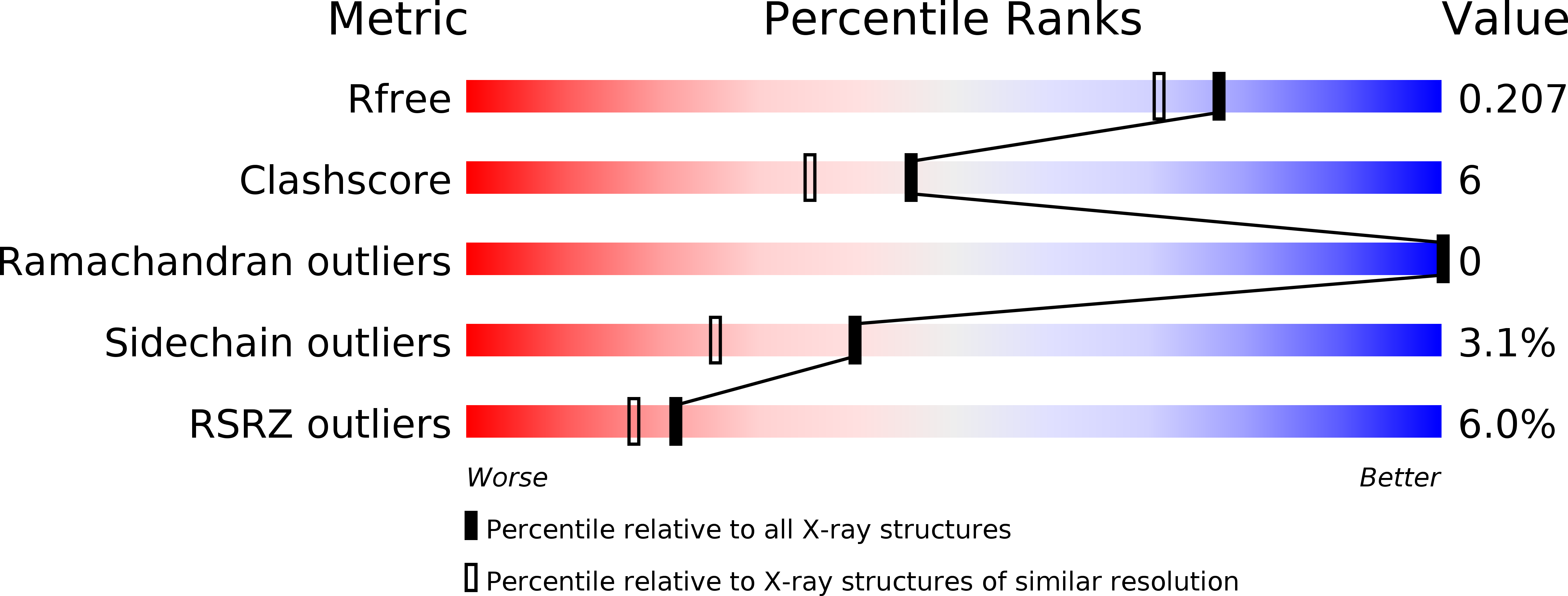
Deposition Date
2006-10-16
Release Date
2007-01-02
Last Version Date
2024-02-21
Entry Detail
PDB ID:
2IRX
Keywords:
Title:
Crystal Structure of the Polymerase Domain from Mycobacterium tuberculosis Ligase D with GTP and Manganese.
Biological Source:
Source Organism:
Mycobacterium tuberculosis (Taxon ID: 83332)
Host Organism:
Method Details:
Experimental Method:
Resolution:
1.80 Å
R-Value Free:
0.20
R-Value Work:
0.16
R-Value Observed:
0.16
Space Group:
P 21 21 21


